The Sunset Beach Police Department responded to an unusual “sea life attack” at a North Carolina beach last week after a man was supposedly bitten by a shark.
However, when the police arrived, they realized the man wasn’t attacked by a shark at all — he was the victim of an unknown attack by a sea animal.
An Attack in the Atlantic Ocean

This event occurred while the victim — a 20-year-old male — was swimming in the Atlantic Ocean off of a North Carolina beach on January 18.
While in the waters, the man suffered a laceration to his lower leg, which prompted a quick call to the local police department.
A Shark Attack?

When the call was first placed to the police, they were told that someone was “bitten by a shark.” However, when the police showed up at the scene, they investigated and found that this likely wasn’t true.
As a result, they’re not declaring that a shark attack happened on this specific beach.
Laceration vs Shark Bite

The police weren’t ready to declare this man suffered from a shark attack, as the laceration on his lower leg didn’t match normal shark bites that emergency services have seen in the past.
The police instead believe that the victim became injured because of an attack by another sea animal — and not a shark.
An Unknown Sea Animal

While police are sure to state that this attack wasn’t from a shark, they’re not too confident about what, exactly, did injure this 20-year-old swimmer.
In a statement, the police said, “It appears the injury was caused by some sort of sea life. It is unknown what exactly caused the injury.”
The Mystery Remains

It appears that this mystery will remain, as even Sunset Beach’s Police Chief Ken Klamar revealed that “there’s no way to tell what it was.”
When the police showed up, they couldn’t accurately identify the laceration on the man’s leg. Though they believe the attack was done by another sea creature, they’re not certain what that animal could be.
A New Theory
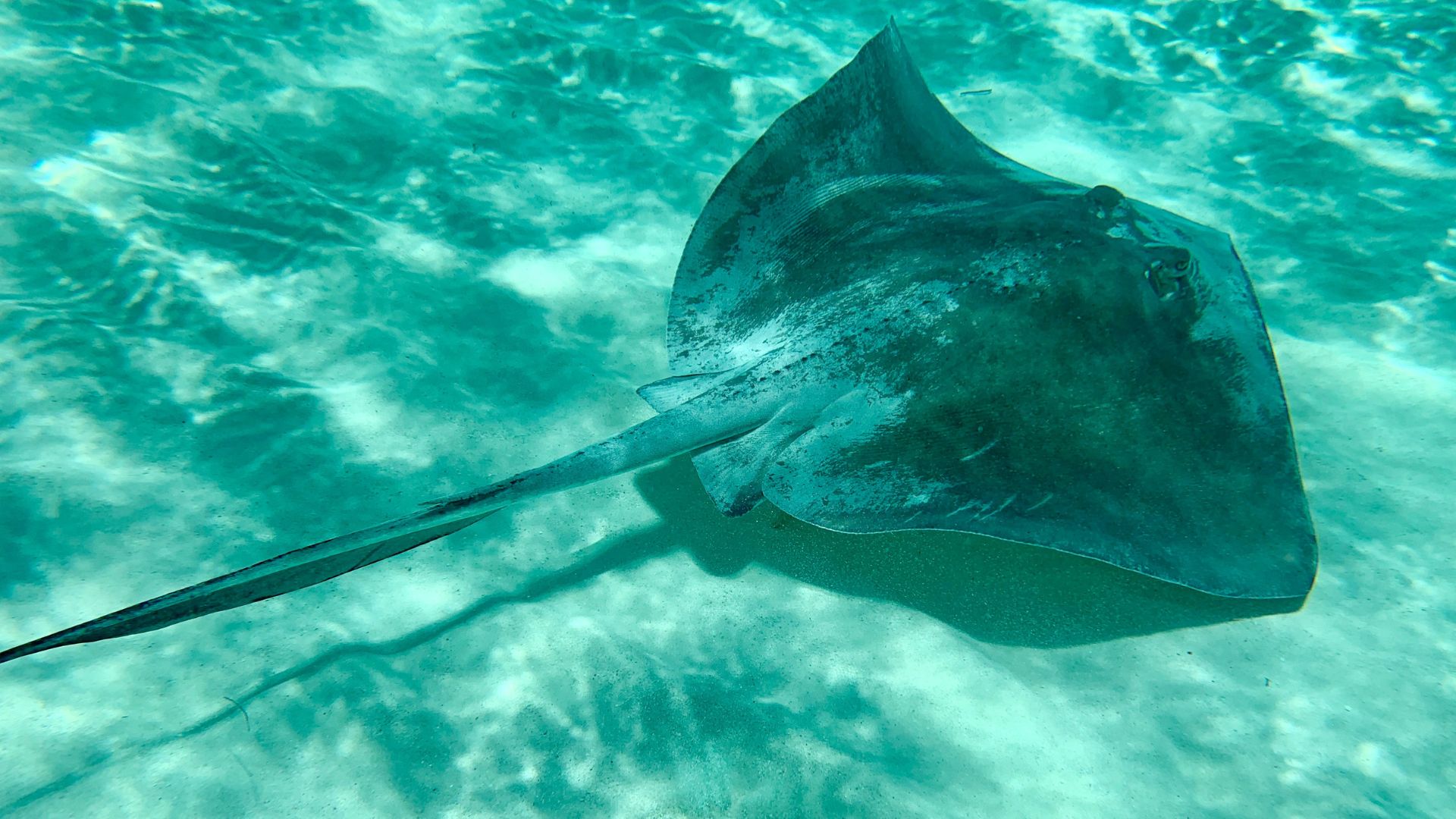
However, the police do have a theory they’re working on. They believe that the man may have been attacked by a stingray.
Klamar explained, “The victim did state that he stepped on something ‘flat,’ and then felt the pain of being injured. This leads us to believe it was a stingray that injured the victim with its tail, versus a bite of some kind.”
The Laceration Wasn’t a Bite
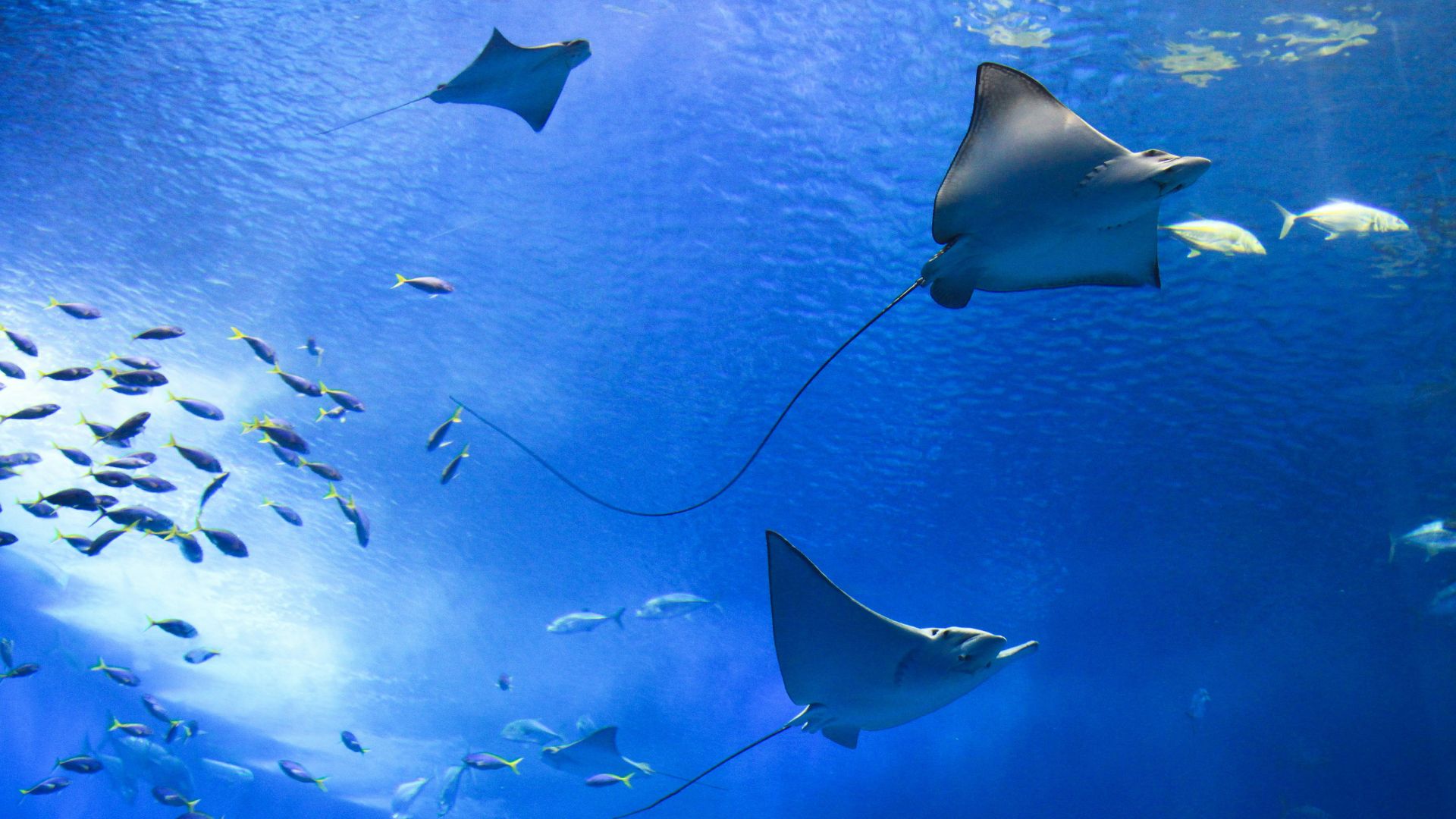
Klamar further added, “Likewise, the laceration did not look like a bite.”
Therefore, many signs do point to a stingray being responsible for this specific attack on this North Carolina beach. However, this scenario hasn’t been 100% proven, and it’s still considered a theory by the police.
Residents Are Also Perplexed By The Attack

In response to Sunset Beach Police Department’s post to Facebook informing local residents about the attack, the confusion about the mystery sea life was clear to see.
One commenter said that she “avoid swimming in any body of water that I can’t see the bottom of” and another still believes that it was “probably a shark”. The department said in the post that they had no other information to report.
Dangerous Stingray Attacks

While most beachgoers in the summer may be more concerned with potential shark attacks while swimming in ocean waters, stingrays have also been known to attack people when they feel defensive.
They can use their barbed tail in attack, which can result in people feeling an incredibly painful sting. These attacks require emergency care immediately.
What Are The Symptoms of a Stingray Attack?
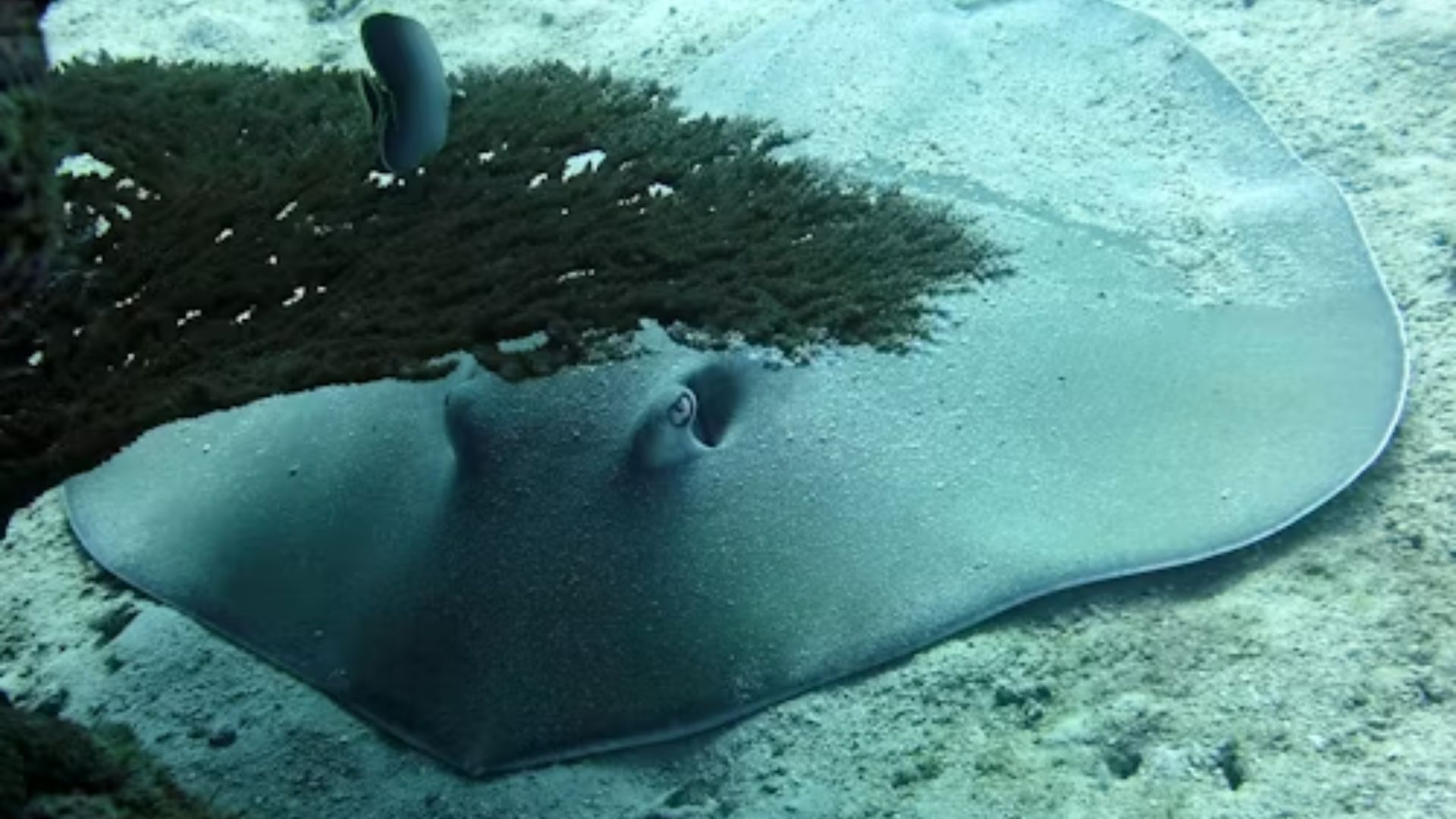
There are usually some signs of a sting that you can pay attention to so that you can decide what actions to take.
There is a wide range of normal symptoms such as pain at the site of injury, low blood pressure, and cramps. However, fainting, shortness of breath, and muscle paralysis are some signs that you may be having a negative reaction to the sting and need medical attention.
Death by Stingray
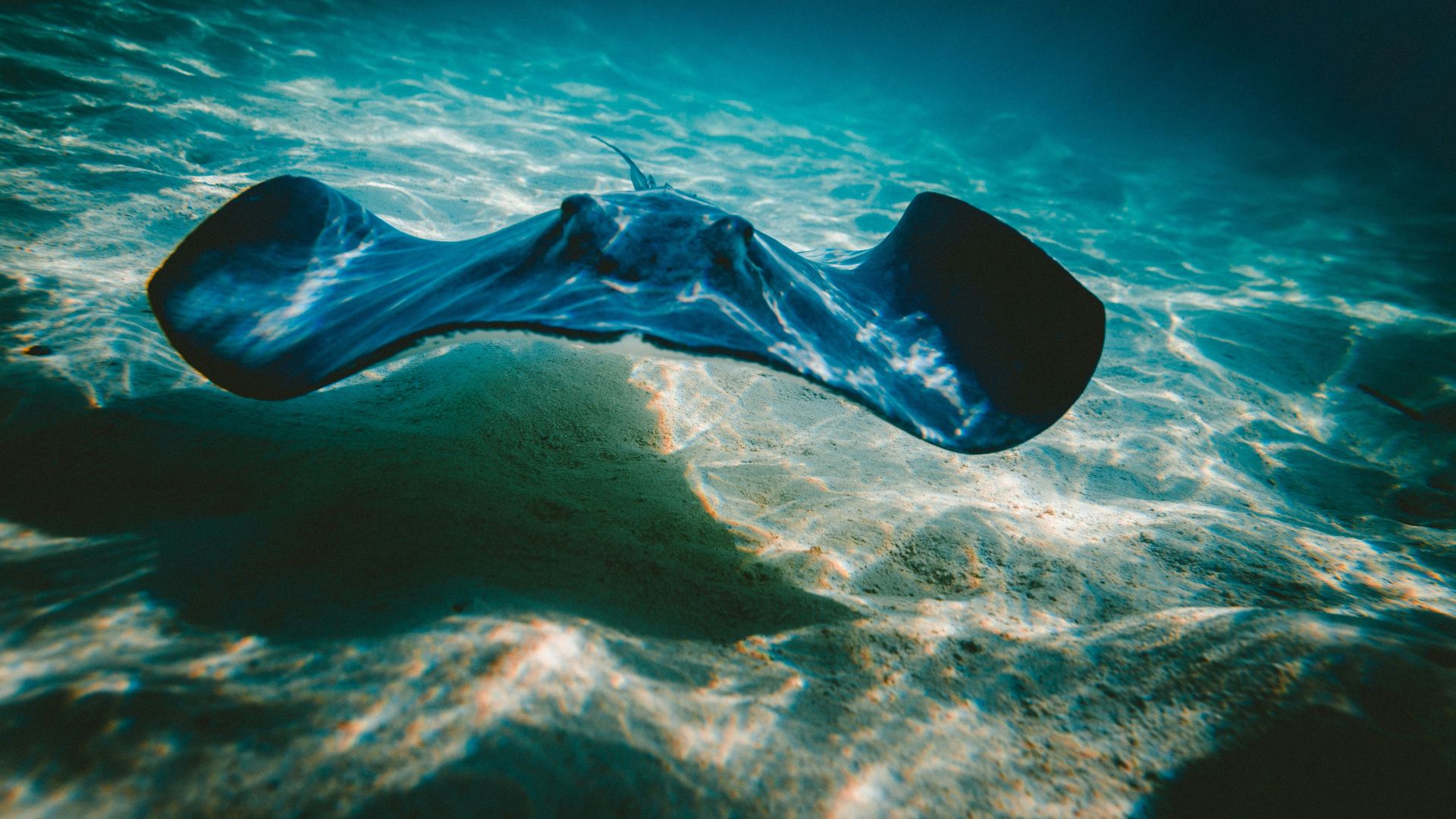
Stingrays can even cause death in humans, making them small yet deadly sea creatures. Though often people may just have to deal with swelling and pain for multiple days — or even weeks — after a stingray attack, others could face severe symptoms.
As these stings contain venom, some people may have an allergic reaction to them, which could lead to life-threatening scenarios.
Yearly Incidents

Stingray attacks do happen throughout the year, even if we don’t necessarily hear about them. The National Capital Poison Center has revealed that about 1,500 to 2,000 stingray-related injuries occur each year.
However, it is rare for stingrays to cause the death of humans, even though they can. Since 1945, only 20 people have been recorded as dying from stingray attacks.
How To Avoid A Stingray Attack
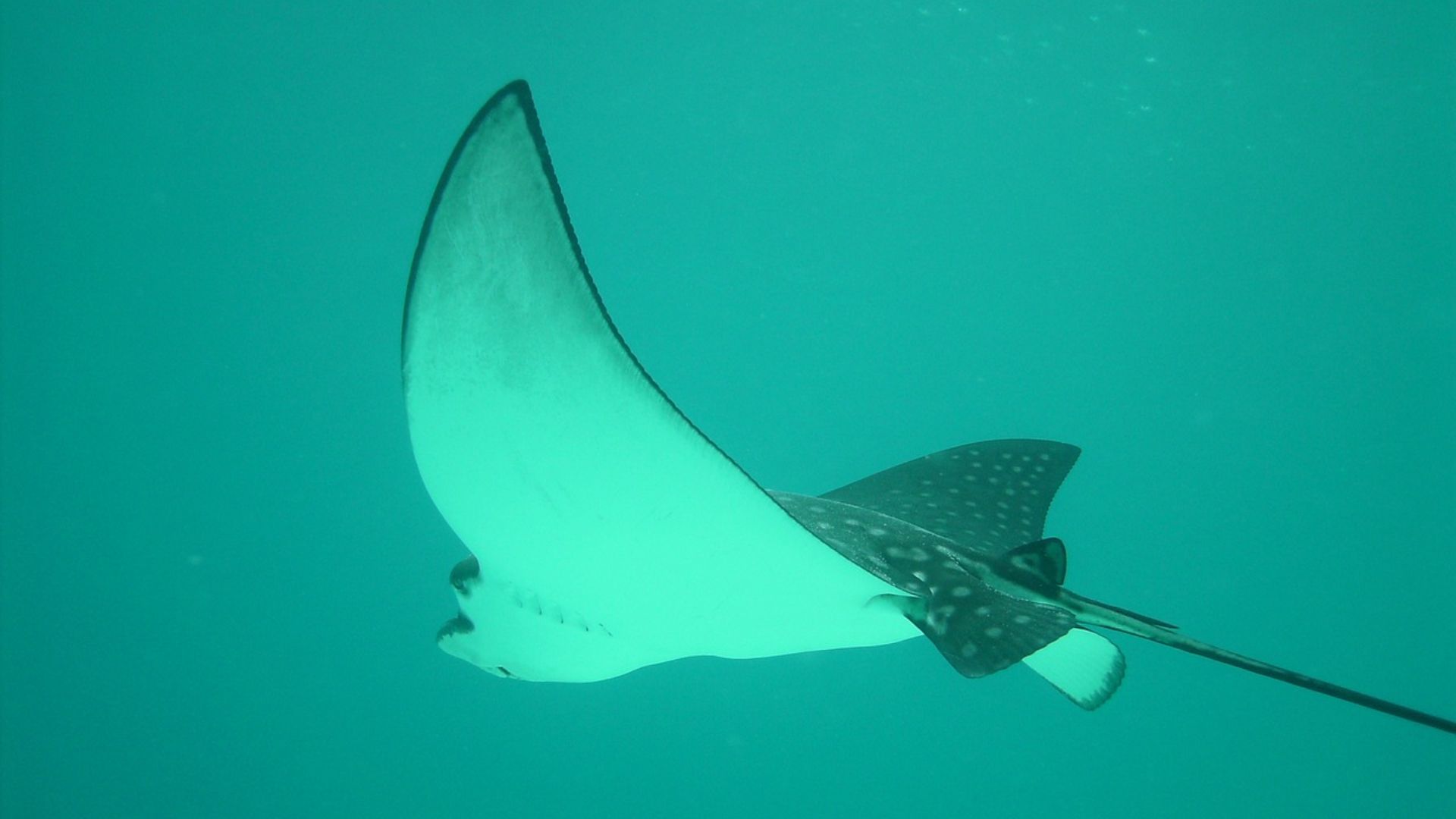
While it is not overly common to be stung by a stingray, there are precautions you can take to lower your chances of getting a nasty sting.
According to Poison Control, it is best to shuffle along the sand when you are in the ocean or walking along the beach. Shuffling tends to warn the stingray that you are approaching and scares it off.
Where Are Stingrays Mostly Found?

An important part of preventing stingray attacks is being aware of where stingrays are so you can avoid them.
While some have reported southern California to be the stingray capital of the world, stingrays are mostly found in shallow sandy waters in temperate seas. Specifically, Atlantic stingrays are fairly common in North Carolina and are often found in gillnets by local fishers in the area.
Sharks in North Carolina

Though this specific beach doesn’t have a shark problem, another North Carolina beach has just revealed a 14-year-old boy has been bitten by a shark.
This event occurred at North Topsail Beach, further causing locals and tourists in the North Carolina area to worry about potential sea life attacks — from sharks and stingrays — this summer.
Some Beaches Are More Popular Than Others For Sharks

According to the Global Shark Attack File, North Carolina has seen a total of 117 shark attacks between 1900 and 2021.
Out of the 117 records, 97 were unprovoked. Out of all of them, 14 attacks were fatal, and nine were under unknown circumstances.The file the also identifies the most prolific beaches for incidents with sharks. Emerald Isle, North Topsail, and Wrightsville Beach are the North Carolina hotbeds for sharks.
How To Prevent A Shark Attack

While shark attacks in North Carolina are not necessarily common, they do happen. There are also steps you can take to avoid attacks to the best of your ability.
The best ways to dodge an attack are by refraining from wearing bright colors or shiny jewellery, staying out of the water if bleeding or menstruating, snorkelling in groups, and staying out of murky water or swimming during dark hours.
Shark Attacks Are Down, Surprisingly

The number of shark attacks occurring has actually decreased. The International Shark Attack File, collated by Florida Museum, reported 57 unprovoked shark bites in 2022. Out of those 57, five were fatal.
This is below the ten-year average of 74 unprovoked shark bits annually. BBC Wildlife columnist, Mark Carwardine, said: “The likelihood of being harmed by one of the most feared animals on the planet is very small indeed.”
Sunset Beach Is Having Other Wildlife Issues
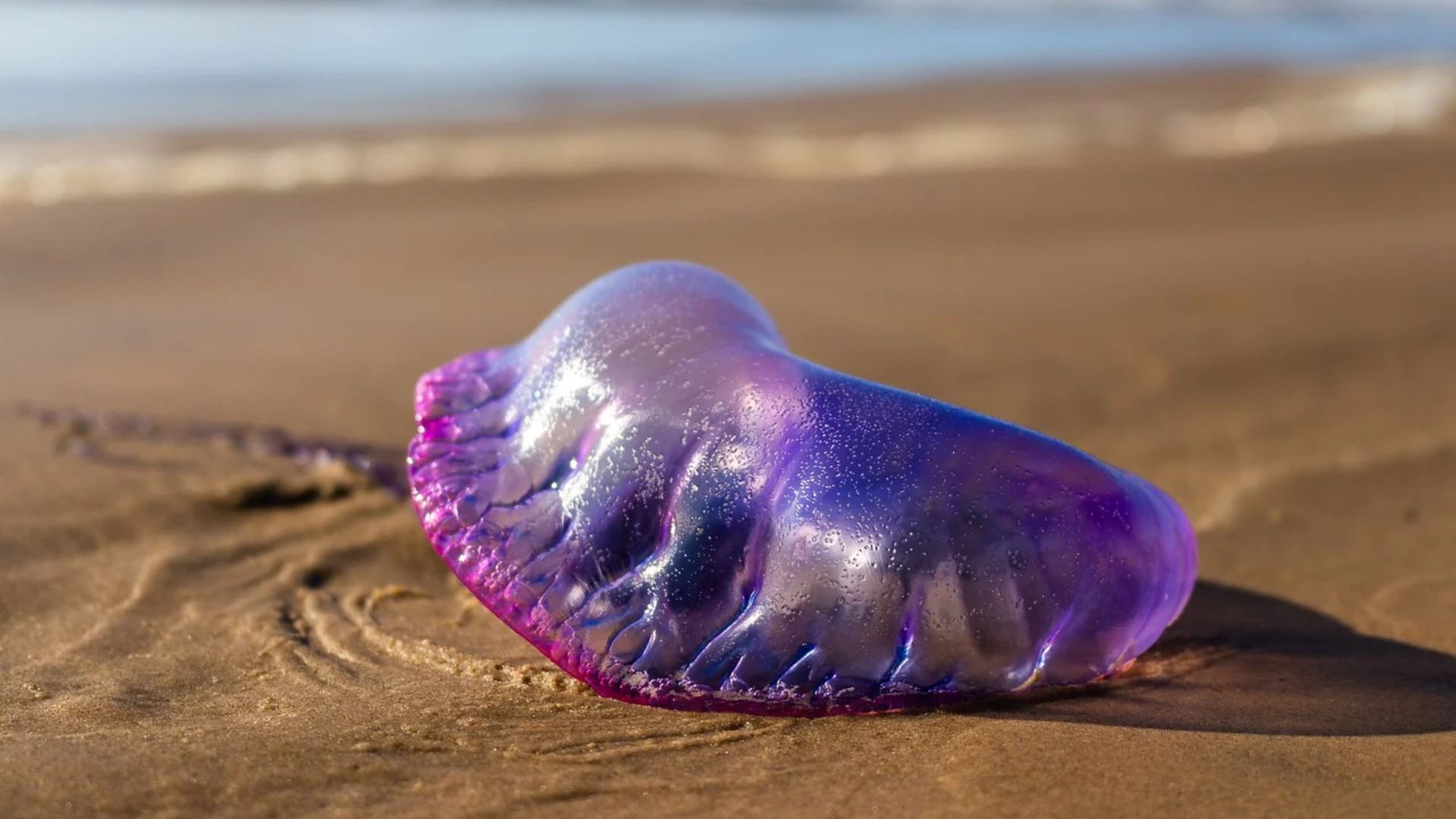
Since the 20-year-old man was taken to hospital and the case remains without a concrete explanation, Sunset Beach Fire Department has released a warning after multiple wildlife sightings.
Several Portuguese Man o’ Wars washing up on the beach in late June. The fire department has warned that they “cause severe pain and welts” and “if you see one, stay away and notify Beach Rescue for removal”.
The Public Reacts To New Wildlife Threat
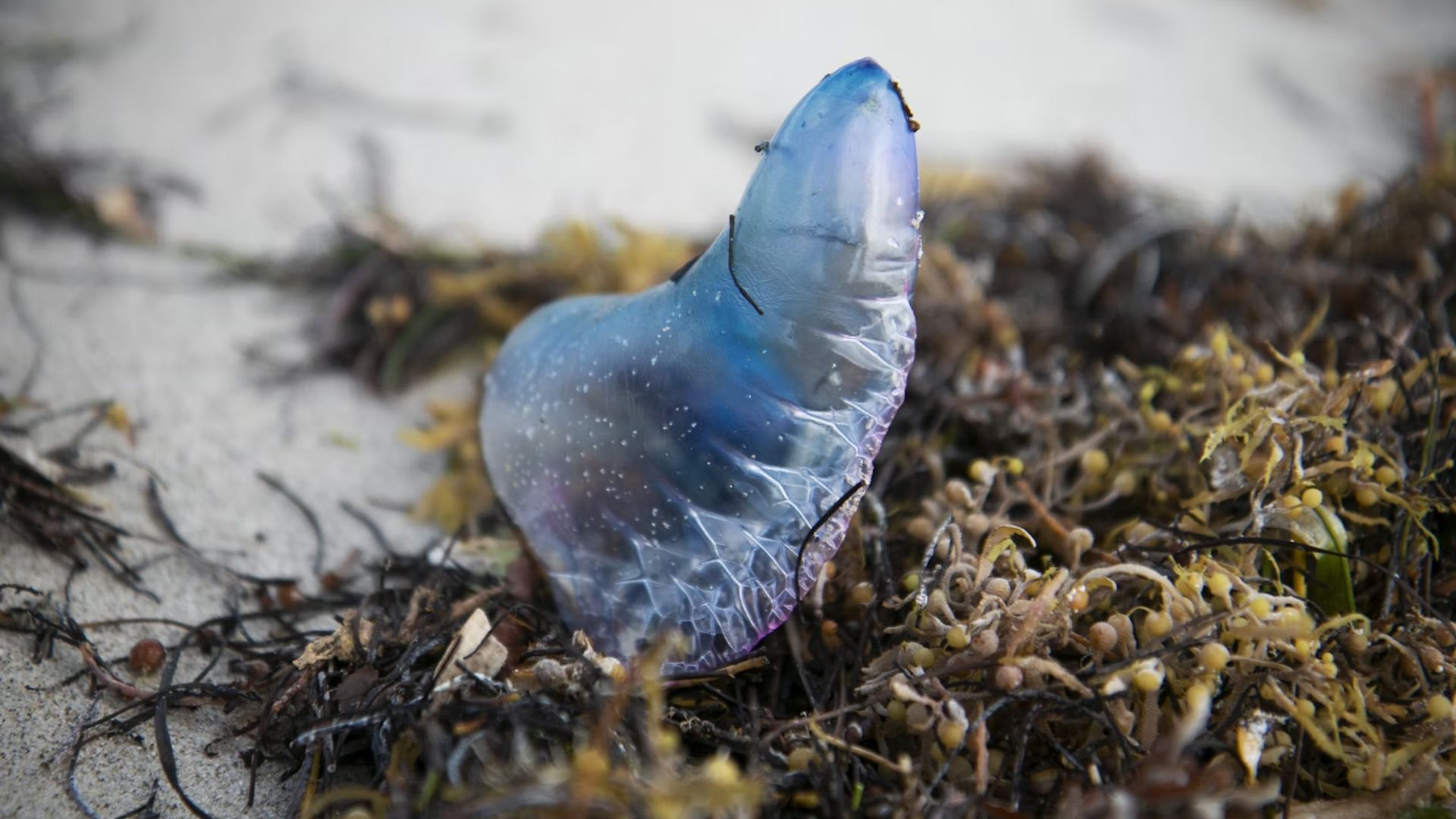
Residents to Sunset Beach had noticed the spike in Portuguese Man o’ Wars before the fire department notified the public.
One person commented on the fire department’s Facebook post that she had discovered one and “used a shovel to move it” while alerting the beach patrol. Another commentor saw one at North Topsail and their “nephew almost grabbed it”.
What Is A Portuguese Man O’ War?

A Portuguese Man o’ War may look like a jellyfish but is of a different species that is closely related to them.
These creatures are mostly found in tropical and subtropical areas, but can be propelled northwards by winds and the currents of the ocean. They can float in groups of 1,000 or more. Their name comes from their resemblance of an 18th-century Portuguese warship under full sail.
Sunset Beach Has Seen Many Recent Wildlife Encounters

With sharks, stingrays, and jellyfish in their midst, what wildlife can there possible be left to encounter?
In late June, WECT reported Sunset Beach Police Department came to assist a restaurant in the area when a five-foot alligator was found under a car. A statement by the department reminded residents that “feeding alligators outside of captivity in North Carolina is prohibited by General Statute”.
Is This Beach Starting Summer On The Wrong Foot?
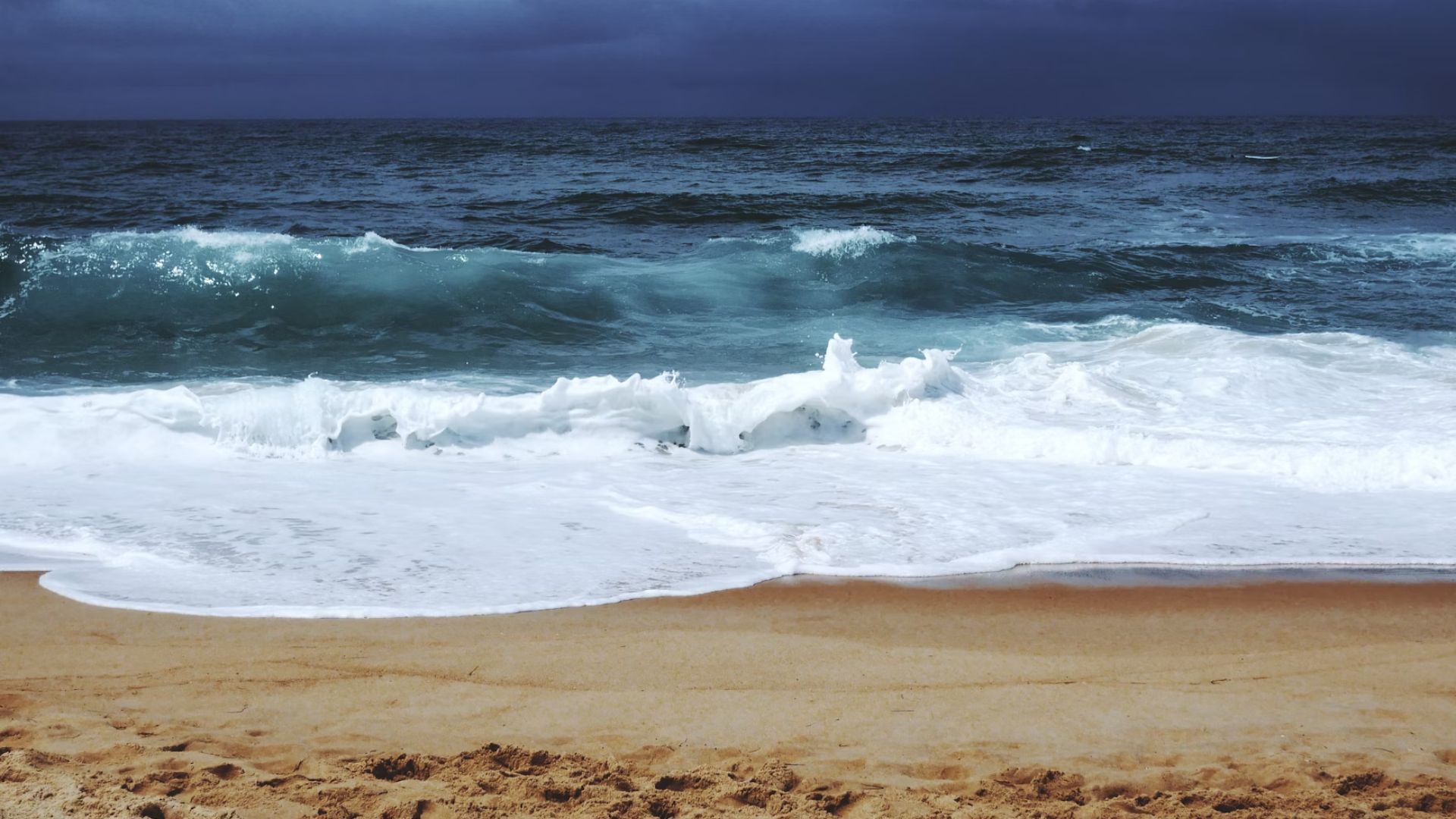
News Nation reported that just at the start of the summer, Sunset Beach has already had an alligator scare, an incident with wildlife under unknown circumstances, and 150 water rescues due to dangerous rip currents.
Recently praised as an underrated vacation spot and one of the “most Instagrammable” beaches in North Carolina, hopefully this string of incidents is just a choppy start to a smooth-sailing summer.
